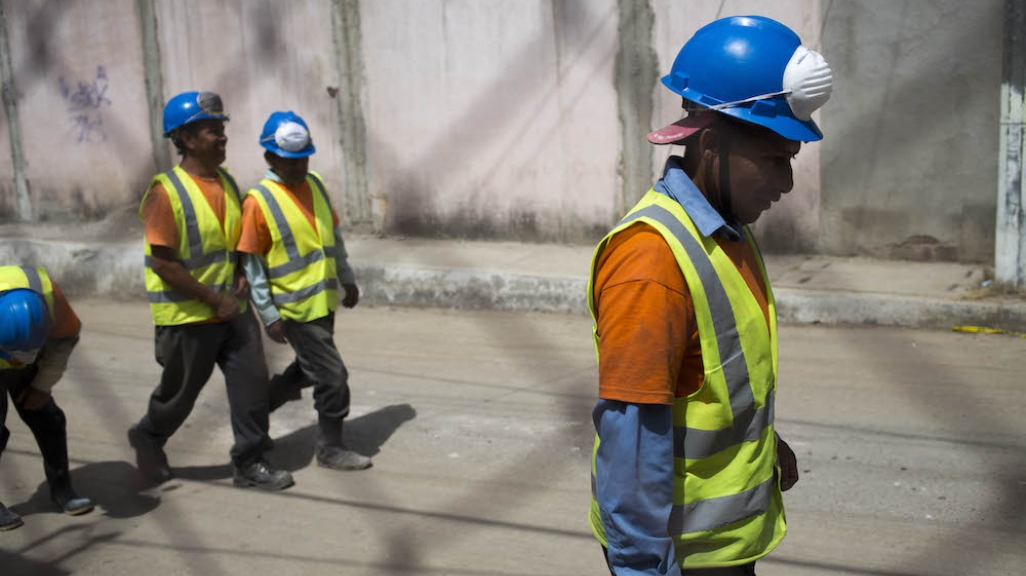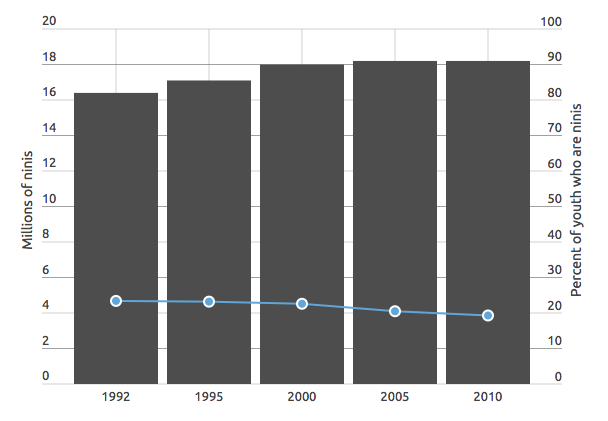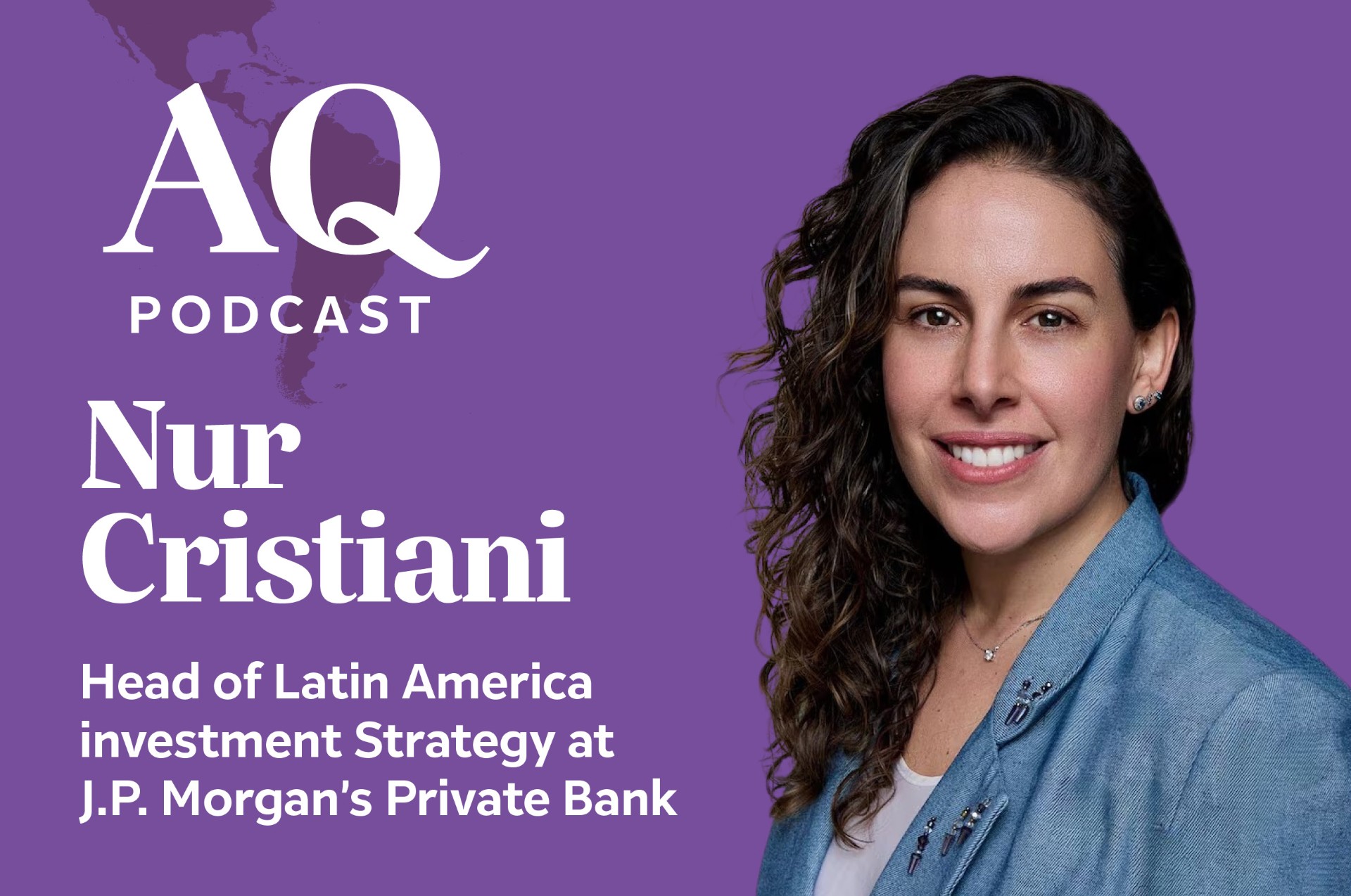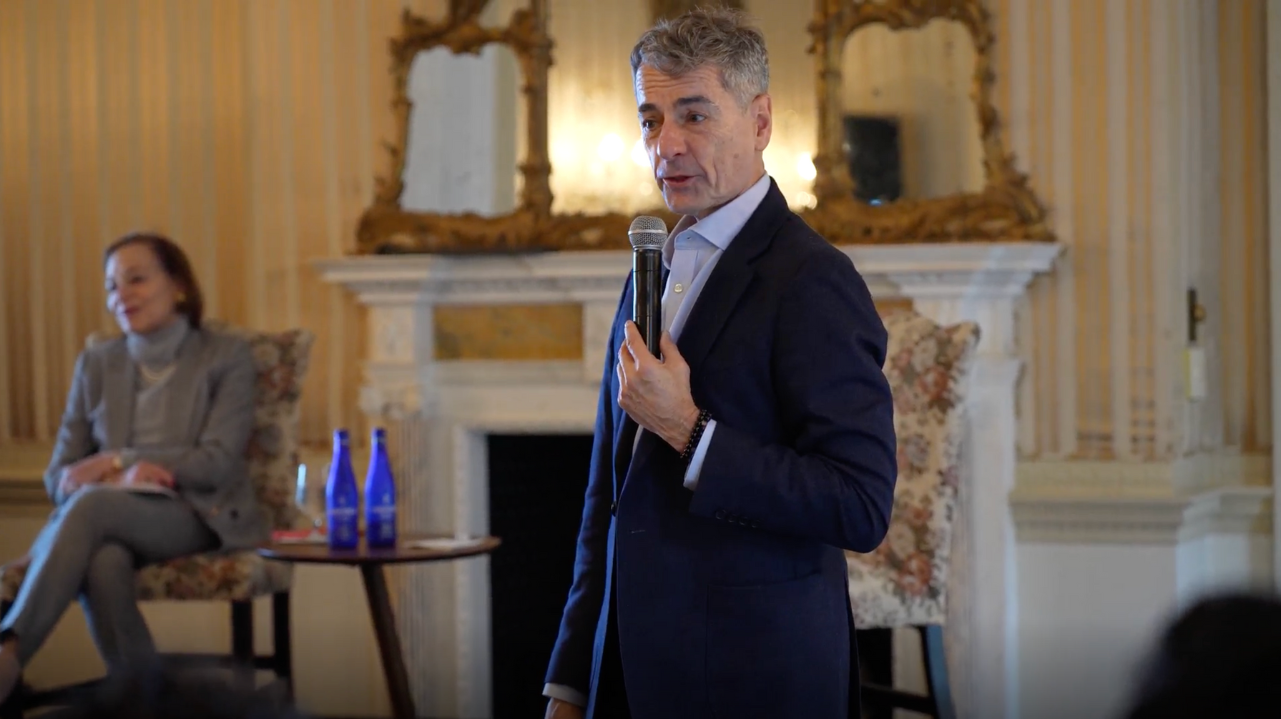Explainer: Latin America's Minimum Wage Increases
Explainer: Latin America's Minimum Wage Increases
Several countries raised minimum wages but some observers aren’t happy about the increases.
Even though 2015 was the worst year economically for Latin America since the 2009 global recession, many countries in the region raised their minimum wages for 2016. These raises were not all met positively, often seen as too high—or not high enough. Here is a roundup of minimum wage increases in countries around Latin America.
Brazil: Latin America’s largest economy saw one of the biggest increases to their minimum wage. In December 2015, Brazilian President Dilma Rousseff announced an 11.7 percent hike, moving the monthly minimum wage up from 788 ($193) to 880 reales ($215). The increase stands slightly above the 10.6 percent inflation announced by Brazil’s Central Bank for 2015.
In September, Brazil’s Congress set the raise at 871 reales ($213), but Rousseff insisted on another raise, prompting criticism from some in the opposition who saw this as a measure to garner popular support amid a financial crisis and corruption charges challenging her administration and party. The raise went into effect on January 1, raising the income of the 48 million Brazilians who earn minimum wage or receive pensions pegged to its value.
For his part, then-Finance Minister (and now World Bank CFO) Joaquim Levy proposed in October to delay the wage increase until May 2016 as a way to help fiscal adjustments close the budgetary gap. The timing became a point of contention as his relationship with the Rousseff administration and her party deteriorated.
Chile: A July 2014 law came into effect on the first day of 2016, raising Chile’s monthly minimum wage from 210,000 ($291) to 250,000 Chilean pesos ($347). The Bachelet government celebrated the raise as a consensus between the country’s Labor and Finance ministries and the Workers' United Center of Chile (CUT), the country’s foremost syndicate. The increase was well above the 4.4 percent inflation the country faced in 2015. But CUT and other labor unions protested the raise, saying it was not enough to sustain a “respectable” life.
Colombia: As it does yearly, the Colombian government met with labor unions and employer groups in December to negotiate an increase to the monthly minimum wage. The sides didn’t reach an agreement, but the government raised the monthly minimum wage from 644,350 ($190) to 689,455 Colombian pesos ($203). The increase of 7 percent was slightly above the country’s 6.11 percent inflation for 2015.
Nonetheless, labor unions argued the increase fell short given the record-breaking drop in the Colombian peso’s value against the dollar by the end of 2015. The peso started 2015 trading at about 2,400 pesos for $1, and ended at about 3,300, resulting in a 7.26 percent increase of the basic cost of living.
Colombia’s largest labor union announced a nationwide strike, which began on January 24, to protest the level increase, as well as a legal challenge against the government’s decree. At least two unions sued the government in an effort to raise the increase.
Guatemala: In December, then-acting President Alejandro Maldonado raised the monthly minimum wage in Guatemala by 3.5 percent for workers of the export sector, and by 4 percent for all others, placing it at 2,534 ($331) and 2,747 quetzales ($359), respectively. Both of these increases were above 2015’s 3.07 percent inflation.
Nonetheless, Adolfo Lacs, spokesperson for the labor union Fesebs, said the disparity between different kinds of workers was unfair and that the raise was not enough, calling for a 10-percent increase instead. Meanwhile, Edwin Ortega, the workers unions’ representative at the National Salary Commission (CNS), said unions will keep pushing to end the disparity between the two minimum wages.
Mexico: The National Commission of Minimum Wages—a commission comprising government officials, businesspeople, and labor leaders—raised the general daily minimum wage 4.2 percent for 2016, going from 70.10 ($3.78) to 73.04 Mexican pesos ($3.94). The increase is twice the 2.1 percent inflation for 2015.
Still, with an average monthly wage of around $120, Mexico has one of the lowest minimum wages in Latin America, leading many observers to call the increase insufficient. The mayor of Mexico City, Miguel Ángel Mancera, said the latest raise was merely a “symbolic increase,” and is proposing a raise to 86 daily pesos ($4.64) for his city this year, in hopes eventually reaching 150 ($8.10).
Peru: After announcing last year it would raise the 750-soles ($217) monthly minimum wage, the Humala government backtracked on that pledge in August and left wages untouched for the third year in a row.
With general elections coming up in April, many presidential candidates have used the minimum wage issue as a battle flag, pledging raises ranging from 100 to 200 soles. Frontrunner Keiko Fujimori, the daughter of former President Alberto Fujimori, said she would also raise the minimum wage, but has not given a precise number for the increase.
All currency conversions are based on exchange rates as of January 25, 2016.
Holly K. Sonneland contributed to this article.








 No School, No Work: Latin America's Nini's
No School, No Work: Latin America's Nini's
